Fibroids are an often misunderstood women’s health problem.
They are non-cancerous tumors that appear in and around the uterus, and are responsible for pain, infertility, and in some cases, require a hysterectomy.
While they can sometimes be symptomless, most women will experience discomfort from them at some point, which leads many women to ask if there are natural ways to address them instead of only surgical options.
Are you struggling to lose weight, craving foods you shouldn’t, and finding yourself fatigued and unable to focus? Chances are, your Hormones are out of whack.
Get our FREE Guide to fixing your Hormones through the Paleo diet here!
What Are Fibroids?
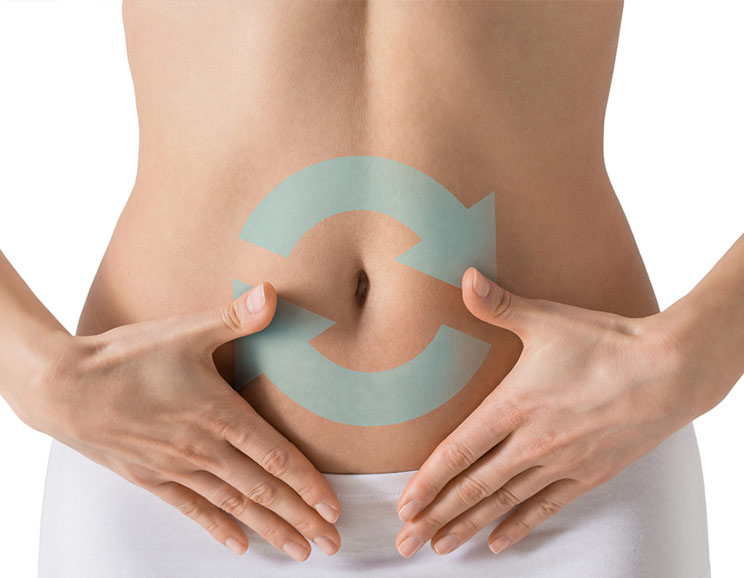
Fibroids occur in approximately 30 percent of women who are of reproductive age. Even in women who have them, they tend to shrink and become less problematic after menopause.
However, nearly 200,000 hysterectomies happen each year because of fibroid complications. Fibroids can range in size from tiny seeds to the size of a watermelon or larger in rare cases. (1,2)
Fibroids are most likely to develop in women who have one or more of the following factors: (3)
- Being in their 30s or 40s
- Having a family history of fibroids
- Obesity and overweight
- Diet high in conventional beef or ham
- High blood pressure
- Hypothyroidism
- Early menstruation (before age 11)
- Hormonal birth control use
The exact cause of fibroids is still unknown, but most believe that hormones and genetics are the biggest factors, along with the risk factors mentioned above. (4) It’s also important to note that African-American women are more likely to develop uterine fibroids. However, further research is needed to understand what causes the disparity. (5)
Bottom Line: Fibroids are noncancerous growths that happen in or around the uterus, typically in women who are over age 30. The exact cause is unknown, but weight, age, genetics, and diet can play a role.
Symptoms of Fibroids
While fibroids may cause no symptoms in some women, or may develop gradually over time, the most common symptoms of fibroids include:
- Heavy periods, lasting longer than 7 days
- Bloating and feelings of fullness in stomach, pelvic, or intestinal areas
- Pelvic pressure and pain
- Increased urination and difficulty emptying bladder
- Constipation and intestinal cramping
- Painful intercourse
- Lower back pain
- Infertility and miscarriages
6 Natural Ways to Help Heal and Prevent Fibroids
While there is no cure for fibroids, lifestyle management can reduce symptoms and potentially prevent the development of more or further growth of existing ones. Since many surgeries are performed each year for fibroid pain or complications, it’s often a preferred alternative to manage naturally when possible.
1. Eat Foods That Reduce Inflammation
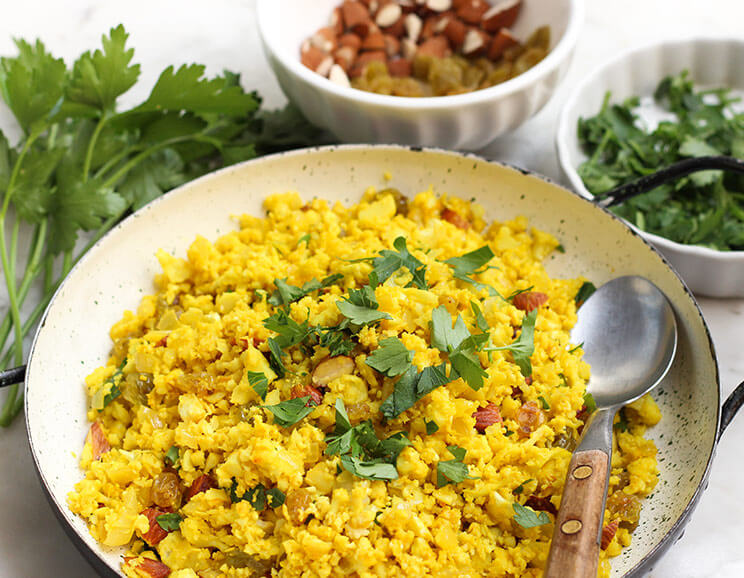
While inflammation isn’t necessarily a cause of fibroids, it can worsen existing ones and lead to the growth of new fibroids by contributing to hormone problems. Eating a diet rich in foods that reduce inflammation can lead to hormone balance, which can shrink fibroids.
Improving dietary choices can also lead to better periods, decreased bleeding times and heaviness, and improved digestion, decreasing the bloating and intestinal pain that can accompany fibroids.
Foods that reduce inflammation help to calm the production of inflammatory cytokines within the body, and can also reduce stress on the digestive system, cardiovascular system, detox system – including the liver and kidneys – and the nervous system.
While fibroids impact the reproductive system, the body is not a sum of its parts, but rather, a whole that is impacted when any part is struggling.
Foods that can reduce inflammation include: (6,7)
- Leafy greens like watercress, spinach, kale, and chard
- Cruciferous vegetables like broccoli, cabbage, and cauliflower
- Antioxidant fruits like blueberries, blackberries, and raspberries
- Garlic
- Turmeric
- Omega-3 fats like salmon, chia seeds, walnuts, and pastured eggs
2. Eat Foods That Promote Gut Health and Healthy Blood
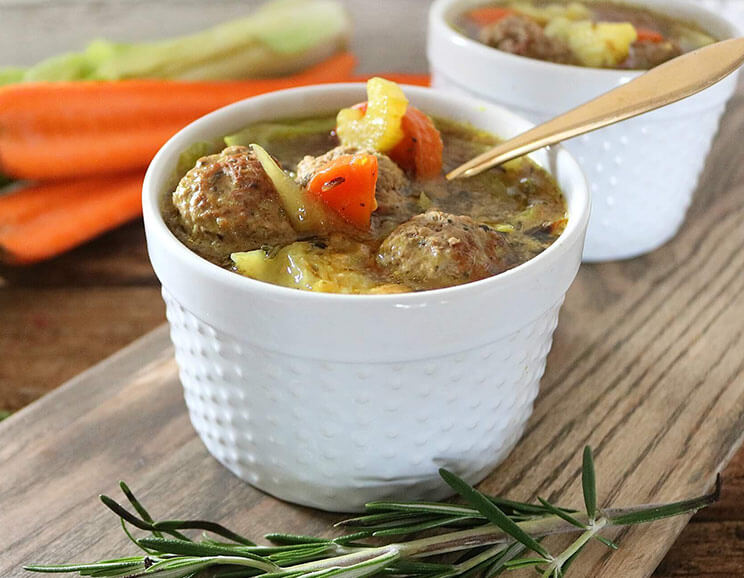
Fibroids can lead to excessive menstrual bleeding, which can result in anemia. They can also contribute to intestinal problems, like constipation or diarrhea. While diet alone can’t eliminate fibroids, it can lead to healthier iron levels as well as better gut and digestive function.
Foods that build the blood, are rich in iron, and support a healthy gut include:
- Spirulina
- Beef or chicken liver
- Grass-fed beef
- Bone broth
- Spinach
- Sardines
- Fermented foods like sauerkraut and kimchi
Note: Spirulina is an algae that is not only rich in iron, but can also lead to improved hemoglobin levels. When hemoglobin or iron or both are low, fatigue can be a major problem. (8)
3. Avoid Foods That Worsen Fibroids
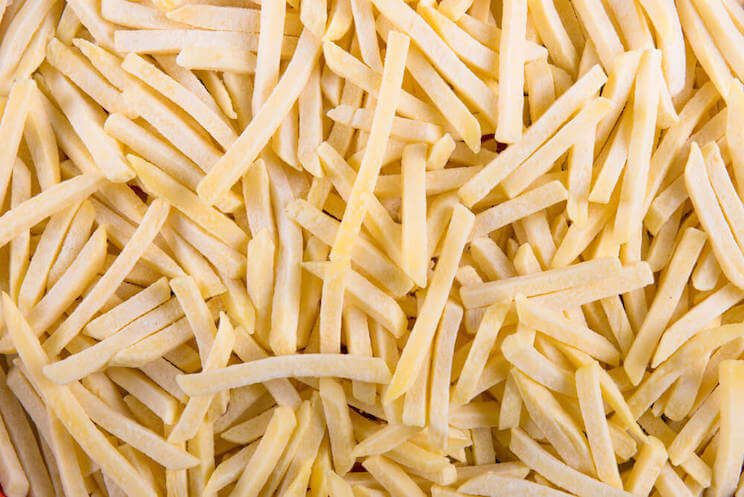
Certain kinds of foods can be risk factors for developing fibroids, like conventional meat and dairy products. Other foods can also contribute to weight gain and obesity, which is a separate risk factor for fibroids. [tweet_quote]Refined sugar, caffeine, alcohol, and junk food can cause issues with women who have fibroids in a few ways.[/tweet_quote]
Refined sugar, caffeine, alcohol, and junk food can cause issues with women who have fibroids in a few ways. First, as already mentioned, they tend to lead to weight gain and increased inflammation. Beyond that, they can interfere with the body’s ability to break down estrogen, contributing to the estrogen dominance that worsens fibroids.
4. Eat Foods That Balance Hormones
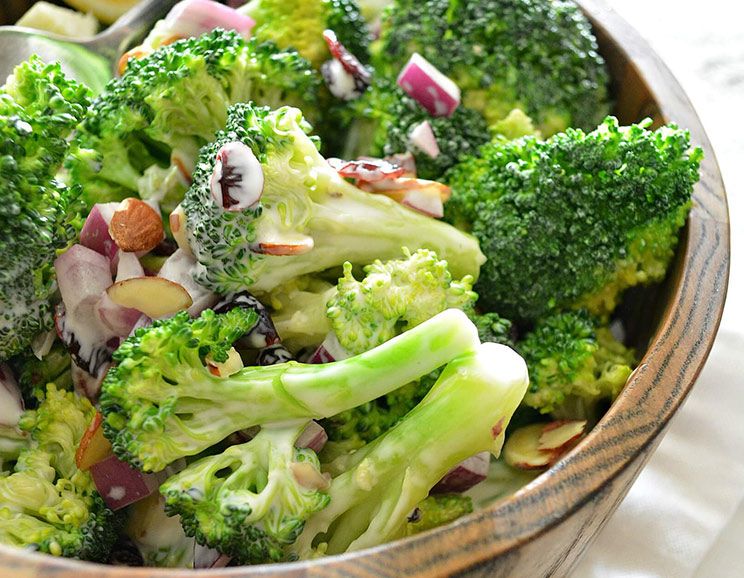
Hormones are highly sensitive to many factors, and diet is no exception. The foods that we eat can play a role in determining whether our hormones are balanced or upset. Eating an excess of foods that worsen fibroids – like refined carbs, sugar, caffeine, and alcohol – can lead to overall estrogen dominance and suppressed estrogen levels. These same foods can also impact your adrenal glands (which produce stress), reproductive hormones, and the thyroid, which plays a major role in fertility.
Foods that balance hormones overlap with foods that reduce inflammation and promote gut health. These include:
- Leafy greens like chard, spinach, watercress, beet greens, and kale
- Cruciferous vegetables like broccoli, asparagus, cabbage, and Brussels sprouts
- Grass-fed meat and pastured poultry products
- Flaxseeds
Note: Flax in particular helps to balance estrogen, which can shrink/prevent growth in fibroids. Flax is also more effective, safer, and healthier than soy products, which can be problematic with fibroids and health in general. (9,10)
5. Try Supplements
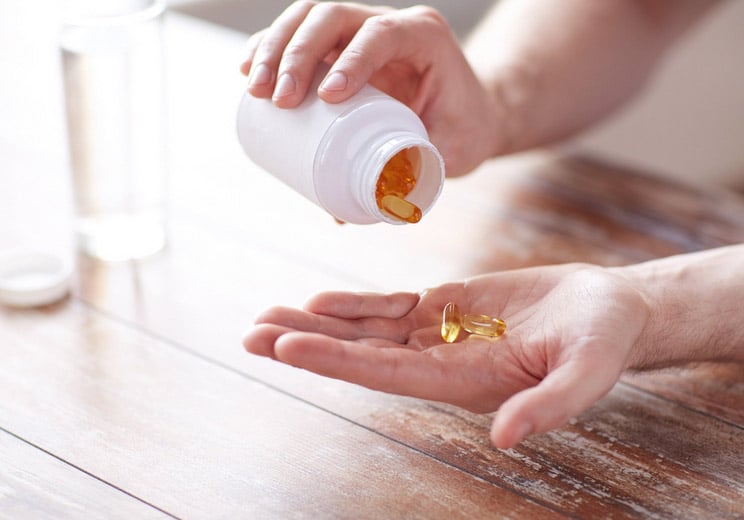
While not all supplements are going to be as effective as some claim, a few have been studied enough to prove helpful for menstrual pain, fibroids, or symptoms associated with fibroids.
Vitex, an herb that can naturally help to increase progesterone levels, can help to reduce heavy bleeding associated with fibroids, as well as related pain. It works best when it’s taken consistently for three months. (11)
Fish oil is renowned for its numerous health benefits, including reducing period pain. (12) Because it can help to lower inflammation, it can be taken daily, and does not need to be discontinued if pain improves. Regularly taking fish oil can even help to support the cardiovascular system, nervous system, and overall wellness.
B-complex is a collection of B vitamins that all naturally support nervous system health and, as a result, mood. Since severe menstrual pain can cause mental and physical discomfort, a daily B-complex supplement can help ease period pain, nausea, and fatigue. (13)
Milk thistle is a flowering plant that has numerous medicinal properties. When taken internally, it helps the liver naturally detoxify the body. Since the liver is involved in breaking down estrogen, it can be especially helpful for fibroids. (14,15)
6. Exercise Regularly

Exercise is an essential part of a healthy lifestyle, and it especially applies to women with fibroids. When women with fibroids exercise regularly, it can significantly decrease symptoms with no negative side effects. (16) [tweet_quote]When women with fibroids exercise regularly, it can significantly decrease symptoms with no negative side effects.[/tweet_quote]
Walking, jogging, yoga, Pilates, or swimming can all be effective and therapeutic forms of working out. The most important thing with an exercise program is to ensure that you’re healthy enough to begin one. Also, choosing a program that you truly enjoy is key to making sure you stick with it.

(Read This Next: The 3 Worst Foods For Blood Sugar (& 6 Healthy Foods To Eat Instead))


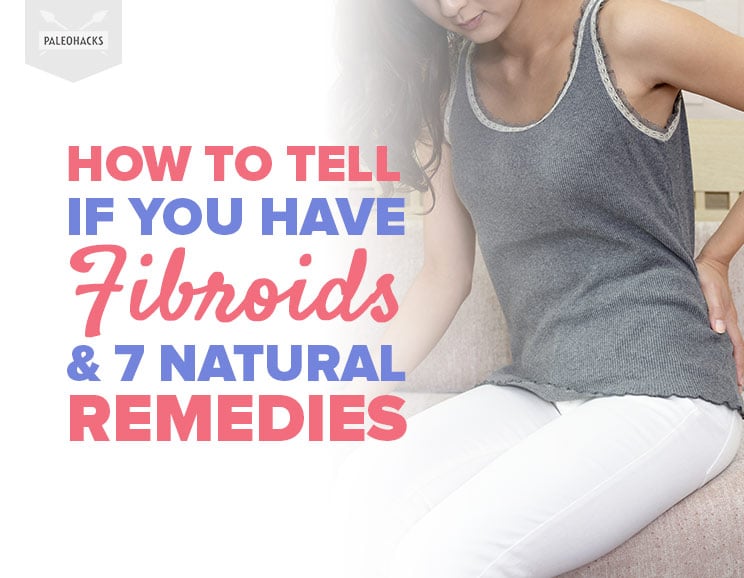
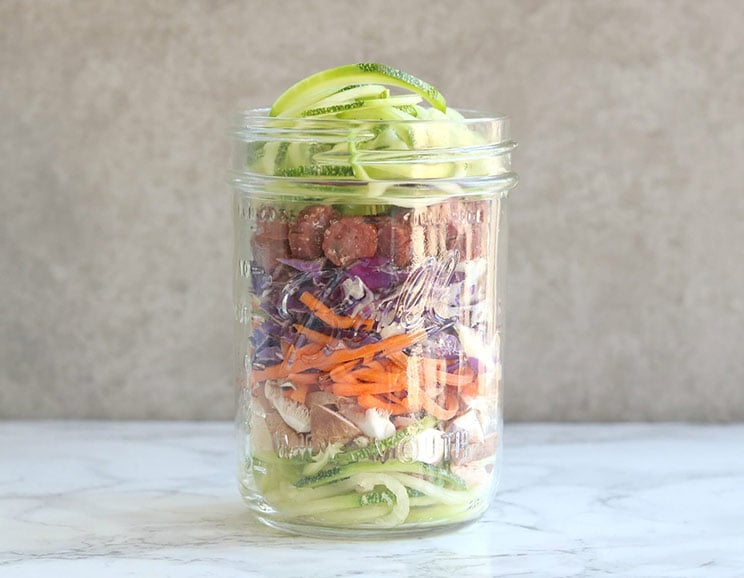 21 Ways to Make Gut-Healing Bone Broth Soup
21 Ways to Make Gut-Healing Bone Broth Soup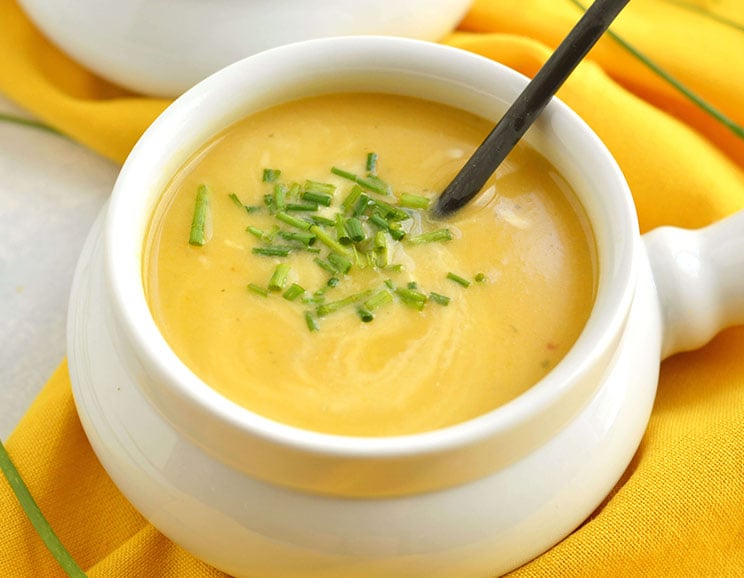


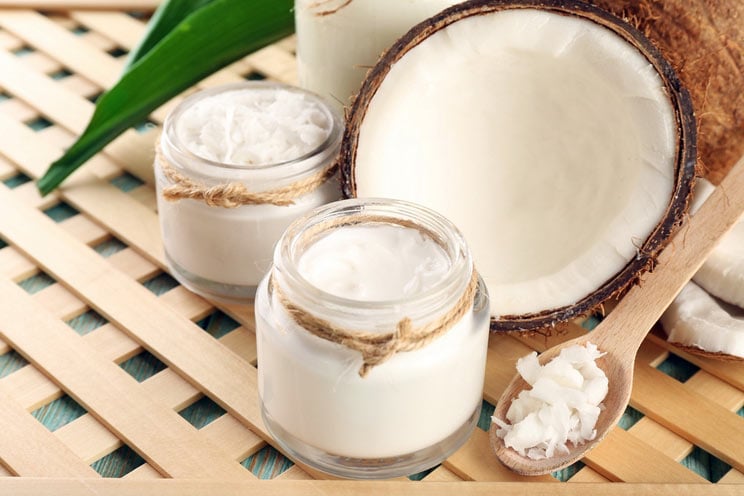

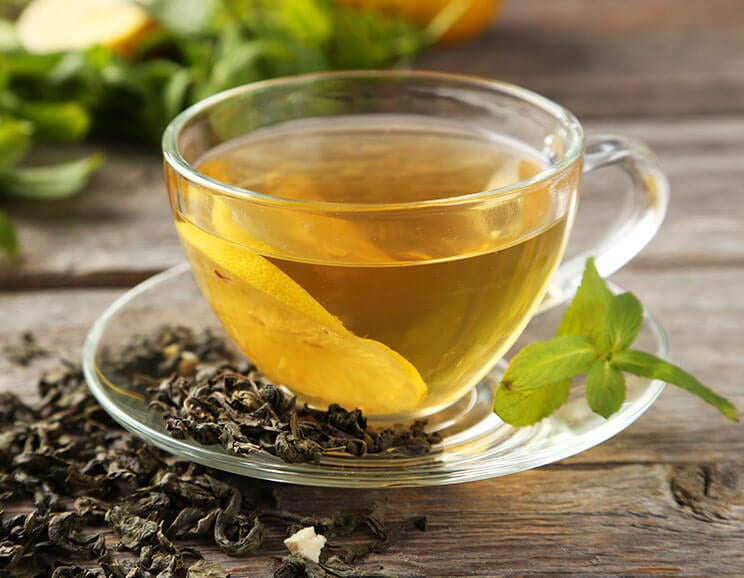
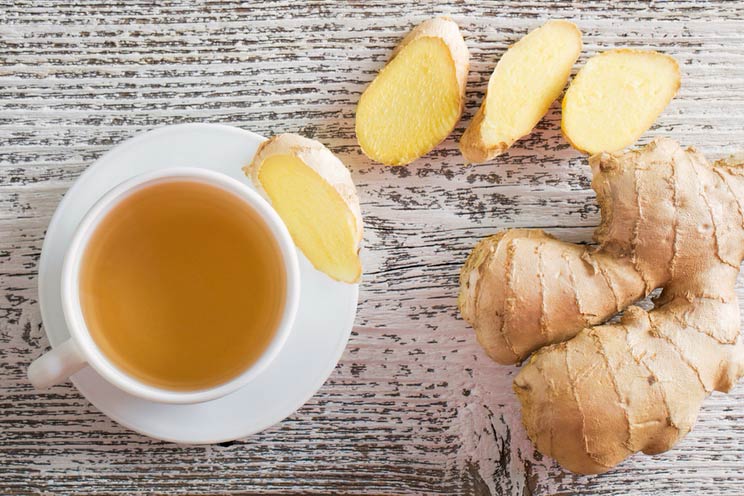
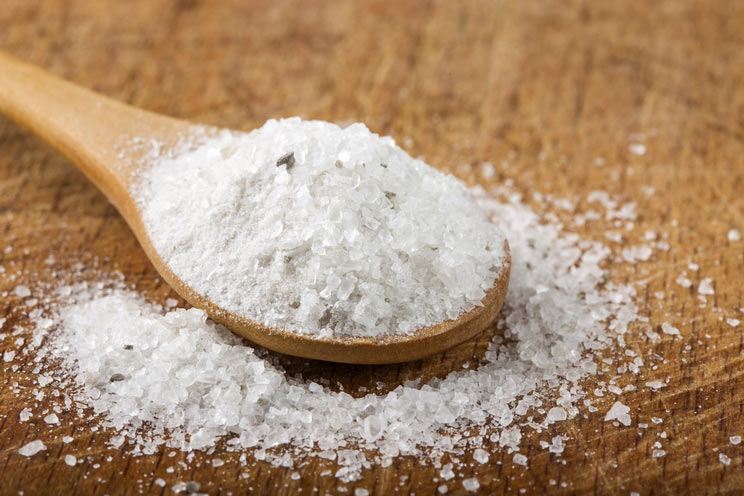

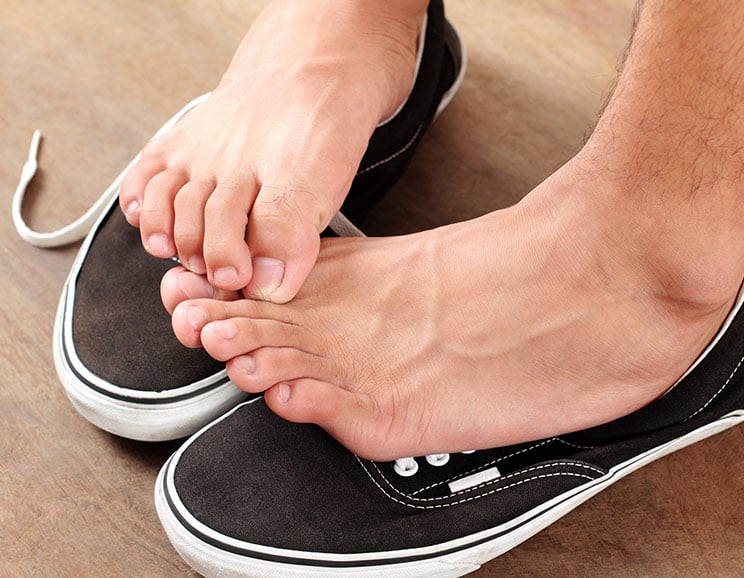
Show Comments